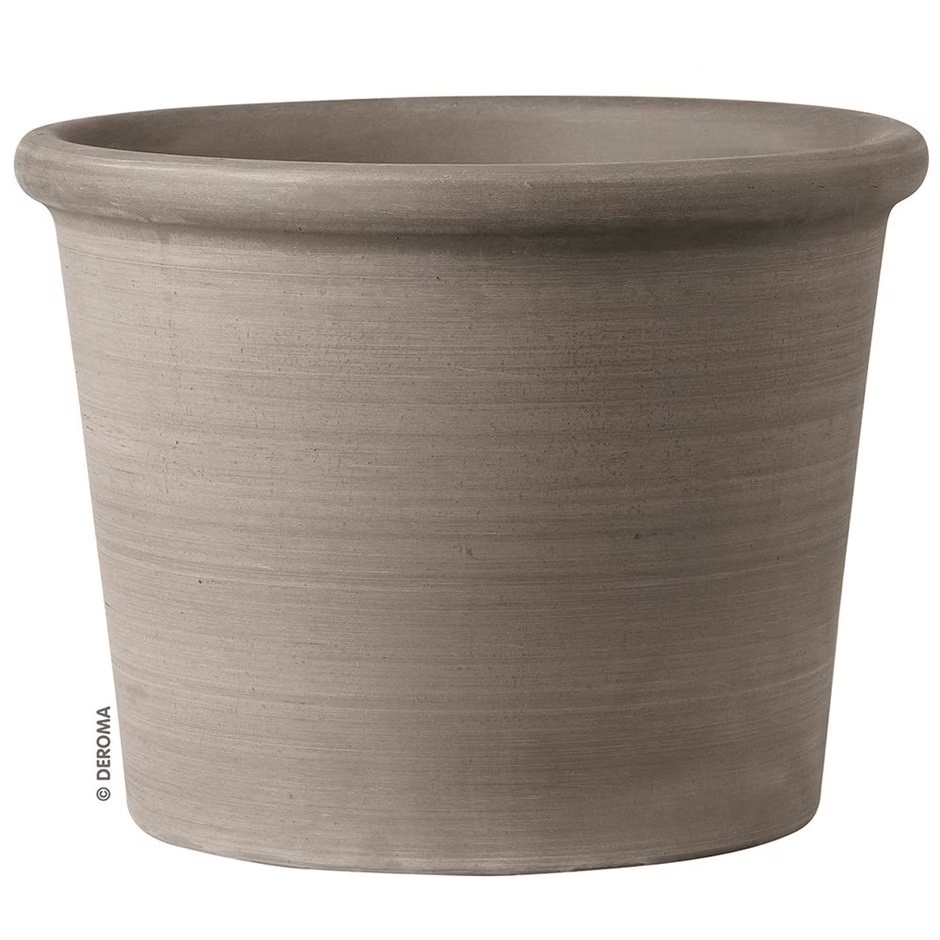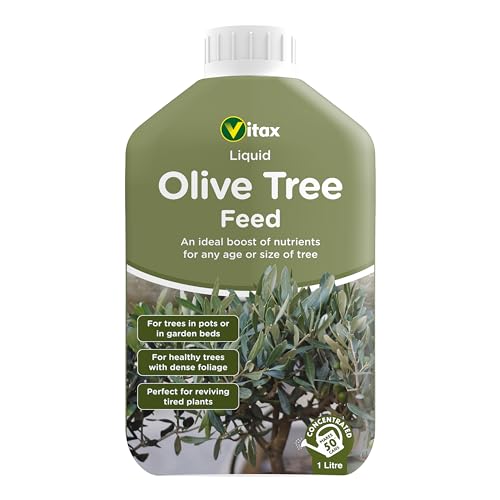Why is my olive tree dropping leaves? What to do to get it back to looking its best
Find out why it’s not a lost cause if you start to see this happen to yours

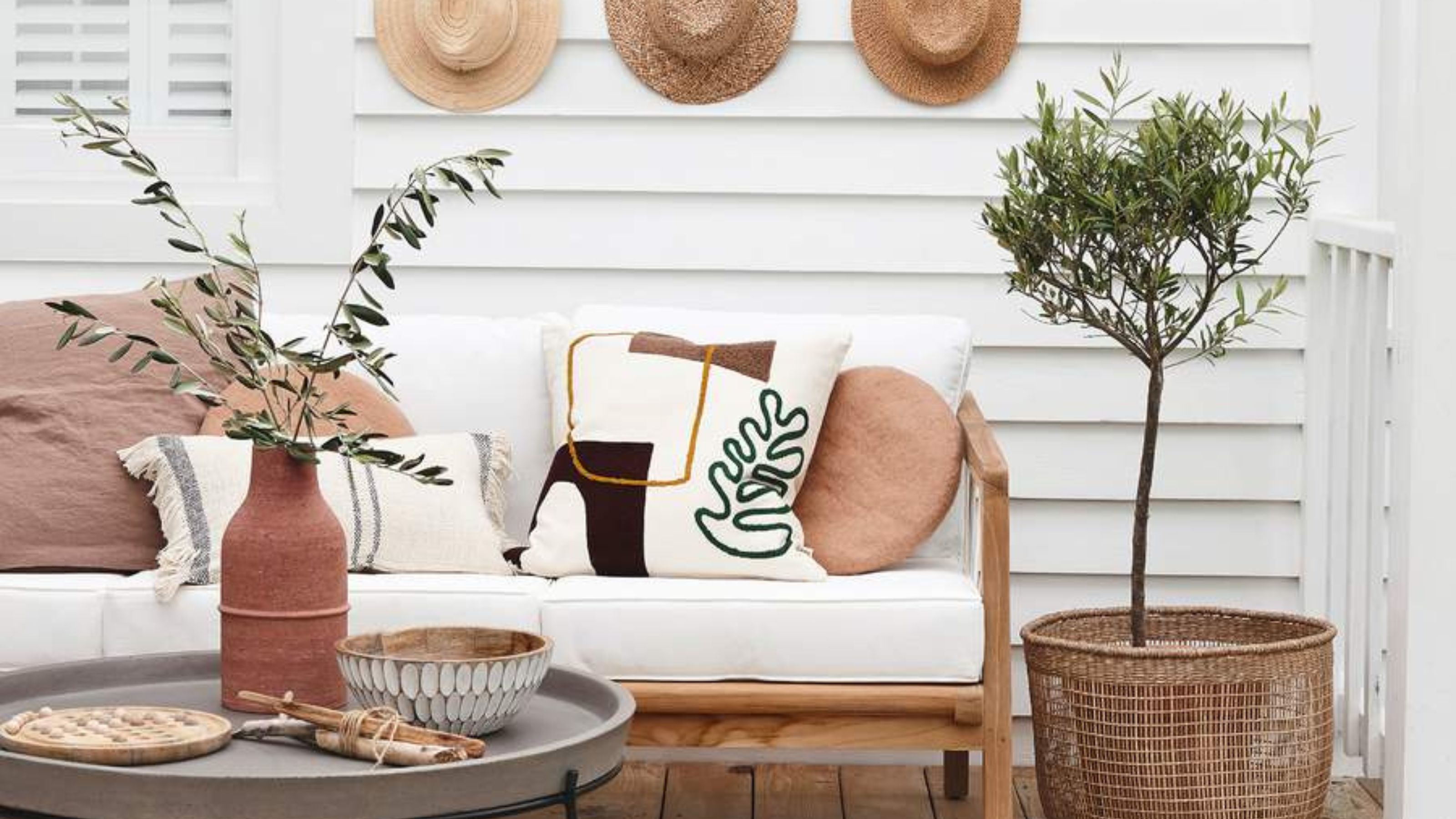
Olive trees are one of our favourite small trees to grow inside or outside your home, but if you’ve noticed that your olive tree has started to drop its leaves you might have been a bit concerned. There are a few different reasons as to why it might be dropping its leaves, so we've rounded up the causes and solutions to help protect your olive tree and get it back to looking its best.
In most cases, ‘when an olive tree starts shedding leaves, it’s usually a sign that it’s out of its comfort zone,’ according to Steven Bell, Managing Director at Paving Shopper. So, that can be a starting point, as olive trees have certain conditions that they enjoy thanks to their Mediterranean roots.
1. Soil issues
The first thing that the experts recommend you do is to check the soil. It could be that the soil is too dry, too wet and waterlogged, or lacking in nutrients.
‘If you find that the soil is sitting wet for too long, check the drainage hole at the bottom of your pot to make sure it’s not blocked, and consider re-potting your tree into a more free-draining potting mix i.e. compost with added sand/grit/perlite,’ suggests Kelly Dyer, Indoor Houseplant Expert at Patch Plants.
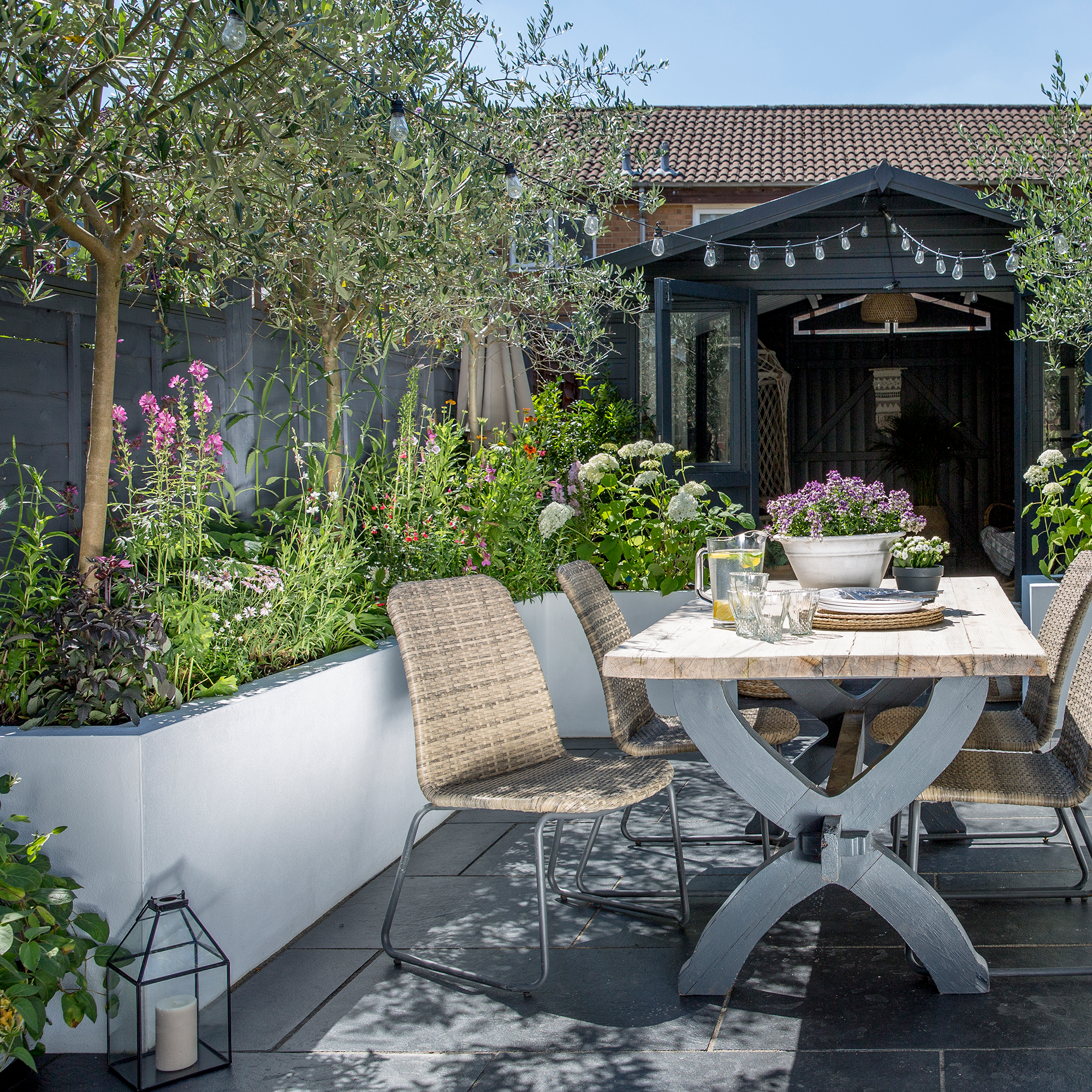
2. Improper watering
One of the issues causing your soil problems is improper watering. Since olive trees prefer to dry out a bit between waterings, you don’t want to overwater it.
‘An overwatered olive tree typically shows signs of yellowing leaves, which eventually drop off,’ Steven admits. ‘The soil may also have a constantly damp feel, and you might notice that the leaves are soft and limp before they fall. Over time, the roots can begin to rot, which is often the real culprit behind persistent leaf drop.’
So, if you notice yellow, limp leaves or soggy soil, these can be big indicators that you’ve accidentally overwatered your olive tree or that you should have moved it indoors before a particularly heavy downfall.
Sign up to our newsletter for style inspiration, real homes, project and garden advice and shopping know-how
3. It has outgrown its current pot
It could also be that your olive tree has become stunted in its current pot or container. Essentially, ‘if you see roots starting to grow out the drainage hole at the bottom of your pot, or if you can lift up the tree by the stem without any soil falling off because the root ball is one solid mass, it’s time to re-pot into a larger pot, or give your tree a root prune,’ Kelly reveals.
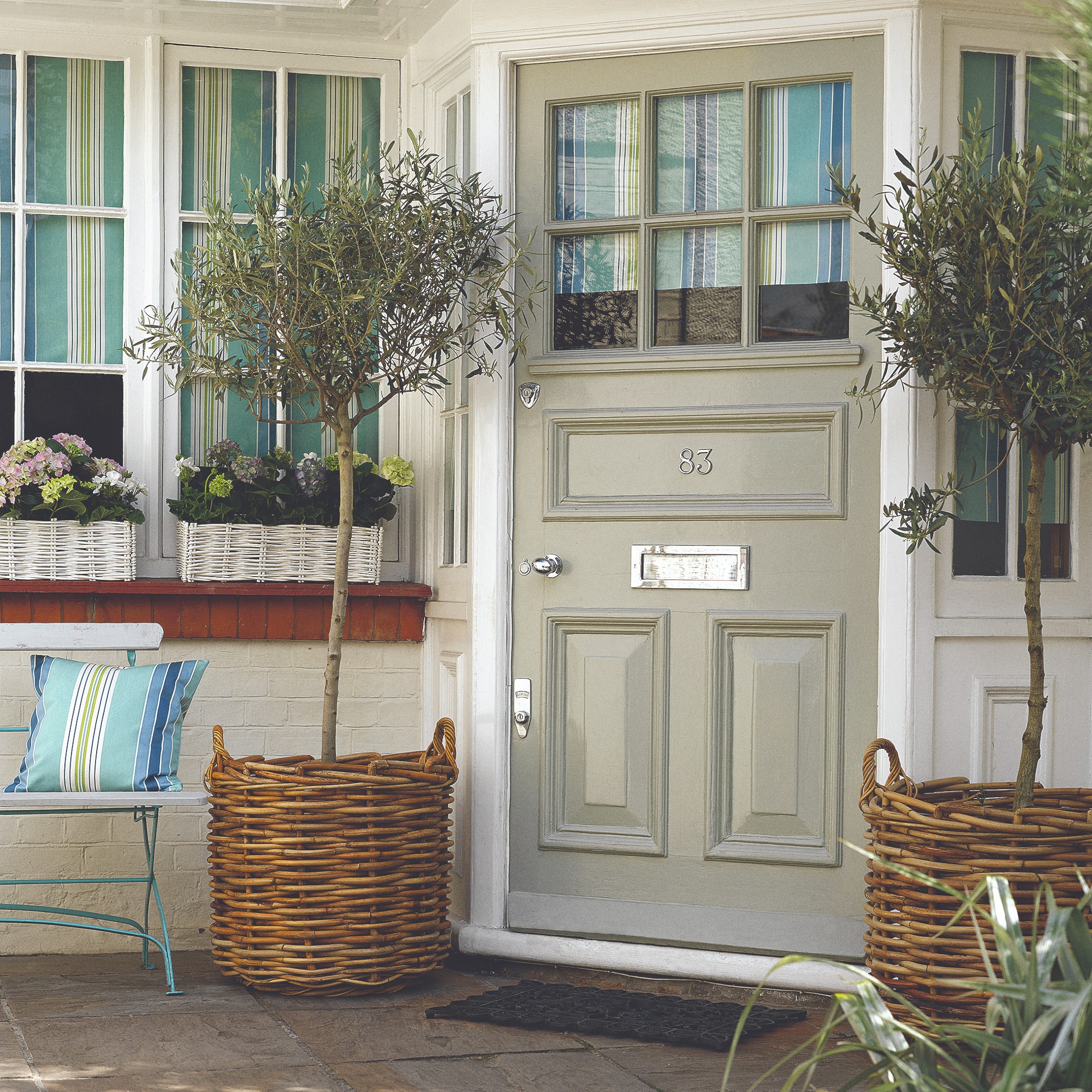
4. Not enough light
Olive trees like plenty of light, which can be an issue here in the UK. Think how many grey and dull days we have and how dark it can be all day long over the winter months. If you have your olive tree in a pot or container, try to move it to where it will get the most amount of natural light. Indoors this will be next to a window, ideally.
While ‘they can manage in partial shade but will struggle in dark areas,’ Kelly reveals.
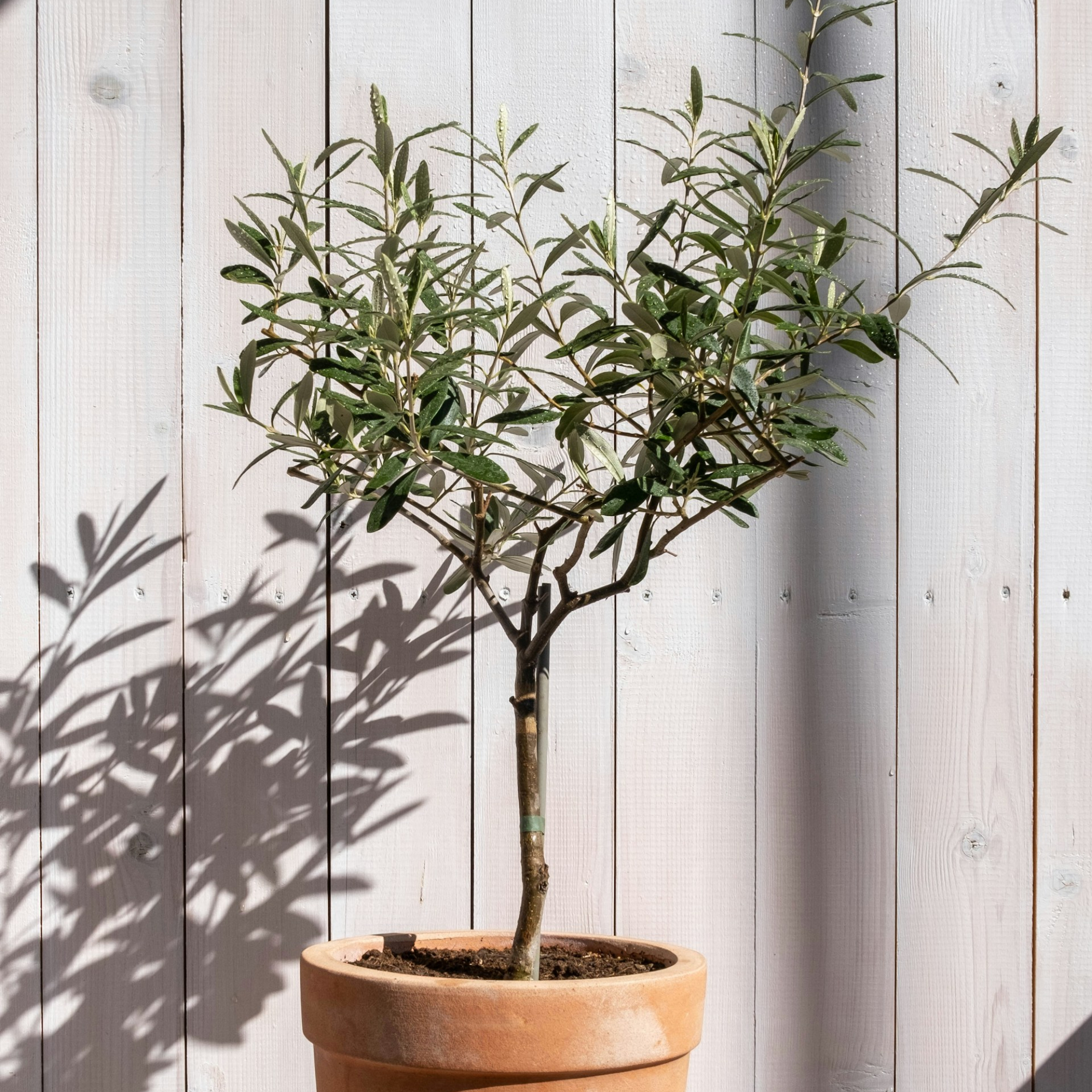
5. Pests
There are a number of garden pests that olive trees are susceptible to here in the UK. 'Woolly aphids are a common issue; they are sap-sucking insects that produce a waxy white covering similar to cotton or wool. These clusters of aphids can be removed either by pruning the infested branches or spraying them with a mixture of washing-up liquid and water on the affected areas,’ Luke Dejahang, CEO and Gardening Expert at Crown Pavilions, affirms.
Scale insects and spider mites can also be problematic by causing discolouration and leaf drop, especially over the warmer months, and weakening the tree itself. Both can be combated by removing them with a soft brush and spraying some horticultural oil. If you can, try your best to check the leaves of your olive tree every so often just to make sure that pests haven’t made their new home on your tree.
6. Diseases
Additionally, olive trees can be affected by disease. There’s root rot, which we mentioned earlier but another common disease is olive leaf spot – also known as olive scab – which ‘attacks the leaves, causing purple and brown circular spots. Once infected, the leaves will often turn yellow and can fall off,’ Morris affirms.
Verticillium wilt can also be another fungal issue. Improving air circulation by pruning your olive tree and giving the branches more space, improving drainage and clearing away any infected leaves should help. You also might want to try adding ‘a layer of mulch to keep your soil in good condition, and weed regularly,’ if you think it’s verticillium wilt, Morris adds.
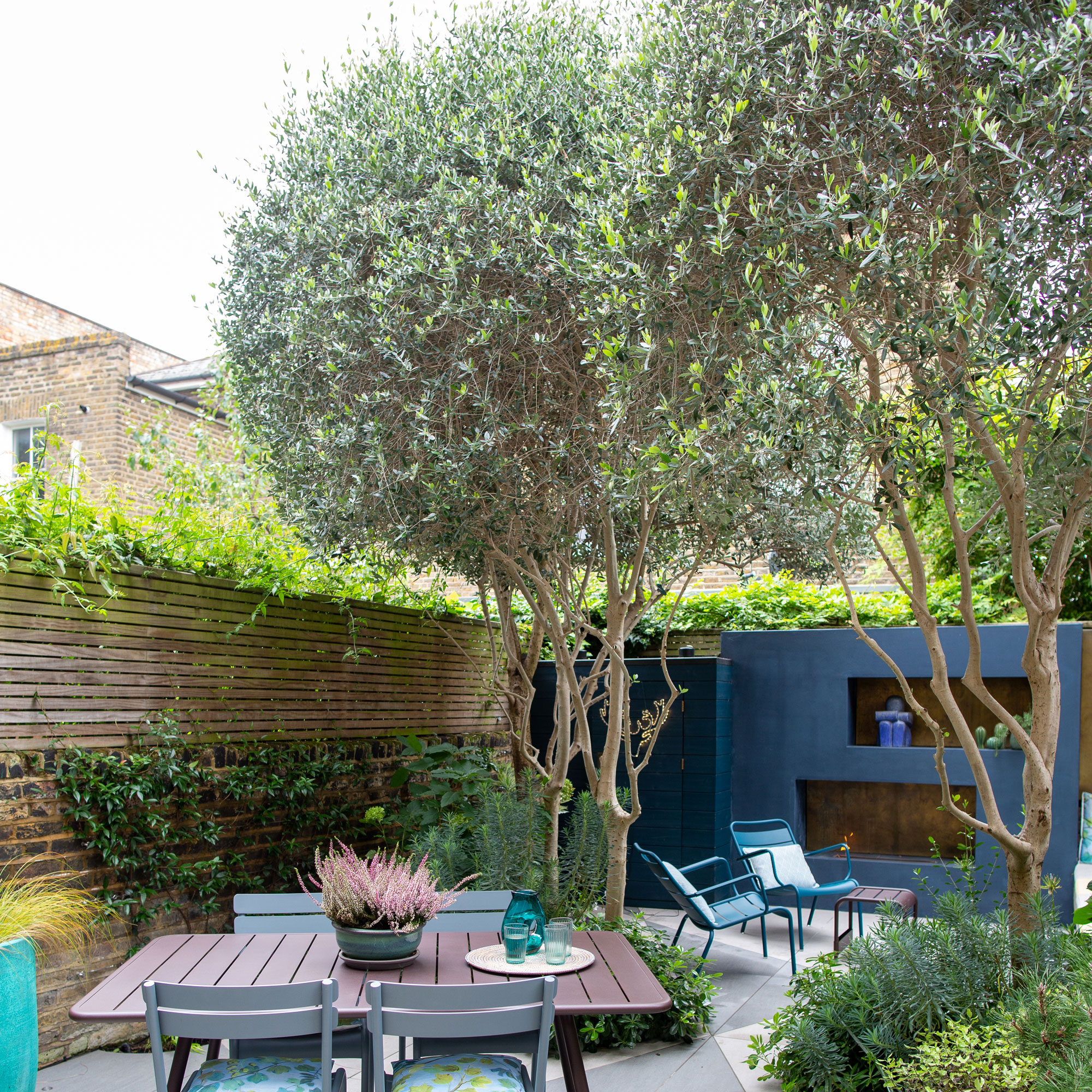
7. A sudden change in conditions
Many trees, including olive trees, are susceptible to 'shock'. And this can happen when they’re moved to a new position, whether that be from a sunny to a shady spot or the other way around, or if it goes from one extreme to the other.
So, if it’s rather cold in your home during the winter months and then you crank up the heating, this ‘can lead to symptoms of distress, which include losing leaves,’ Morris warns. The same can be said for particularly cold draughts.
FAQs
Is an olive tree dead if it has no leaves?
‘Many people think that, once an olive tree has lost all its leaves then it's dead and cannot be revived. However, this is not the case,’ according to Morris Hankinson, Director of Hopes Grove Nurseries.
Because olive trees are an evergreen variety, they should hold onto their leaves all year round. So, if ‘your tree has dropped all of its leaves, that is worrying and indicates that the tree is very stressed,’ Kelly warns. And the issues mentioned above are just some of the indicators of this. ‘Addressing the issues and taking care of your olive tree should enable new leaves to form over time and your tree to continue thriving,’ Morris continues.
To see if your tree is actually dead, ‘check by gently bending a branch to see if there’s some flexibility and/or by scraping off some of the bark,’ Kelly explains. ‘If it’s green underneath, the tree is alive and there is still a chance to help it recover. If it’s brown and the stems snap off easily, it’s likely to have passed away.’
What are the best conditions for an olive tree to thrive?
Because they’re a Mediterranean plant, olive trees prefer hot, sunny and dry conditions, ‘ensuring they receive at least six hours of direct sunlight daily and protecting them from harsh winds’ when you can, Luke affirms. Basically, as long as they are in well-drained soil, receive a good amount of sunlight and are in a somewhat sheltered location, if outdoors, that’s all they need to thrive.
As we do move into the colder months, you may need to take a few additional steps to care for your olive tree. This is because ‘they won’t tolerate frosty or snowy conditions, so you may need to protect them over winter if they’re likely to be exposed to these conditions,’ Kelly reveals.
‘If you can’t move them to a sheltered spot, you can protect them by wrapping the branches/canopy securely in some horticultural fleece, which acts as a blanket but still allows in air, light and moisture. It’s also a good idea to wrap a layer of bubble wrap around the pot, to protect the roots from very cold conditions,’ Kelly adds.
What you'll need
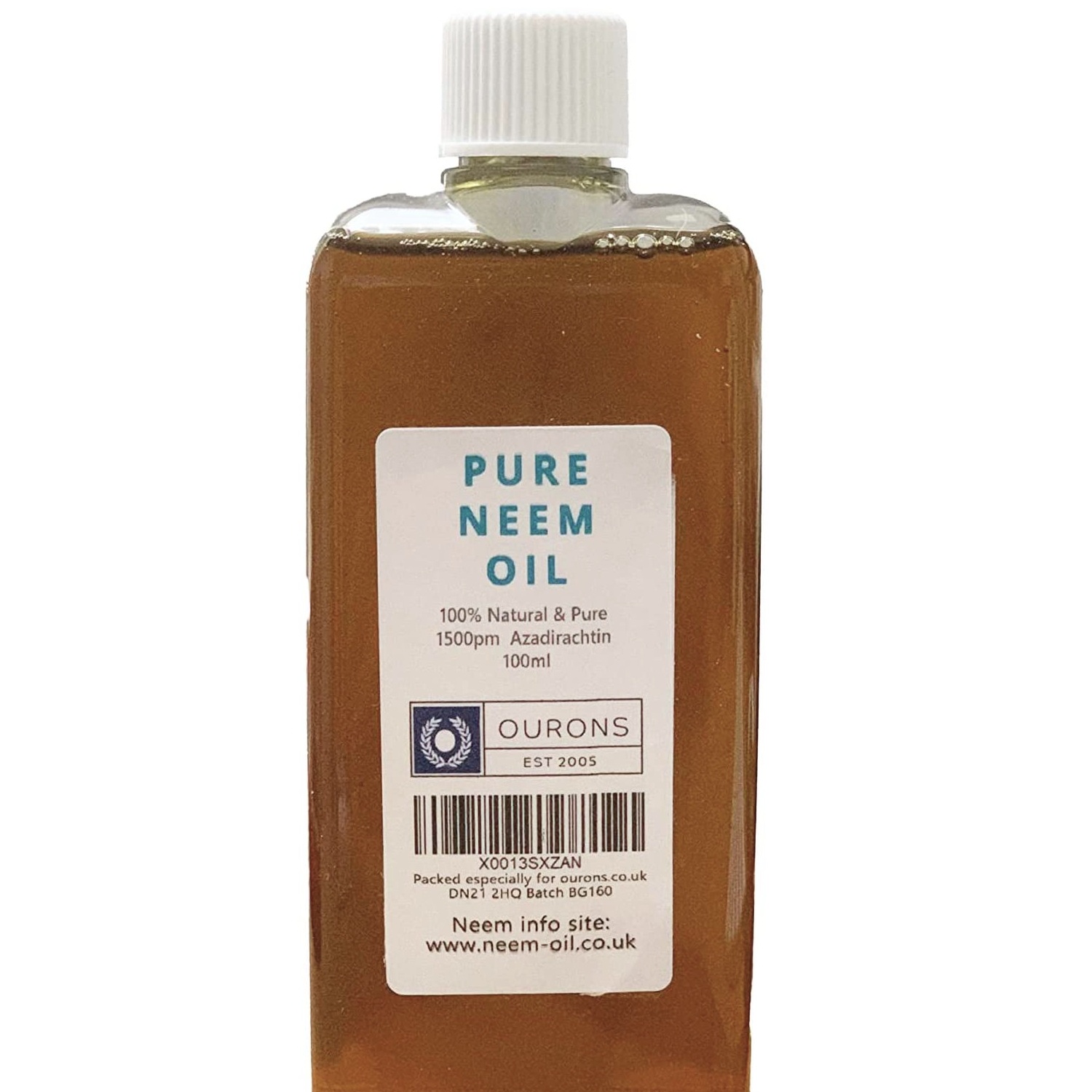
A great staple to help with any pests you might encounter on your houseplants, this neem oil has thousands of five-star reviews.

Ellis Cochrane has been a Freelance Contributor for Ideal Home since 2023. Ellis has been writing about homes, interiors and gardens for four years now, with her also contributing to House Beautiful, Country Living, Expert Reviews, Real Homes and Stylist.
